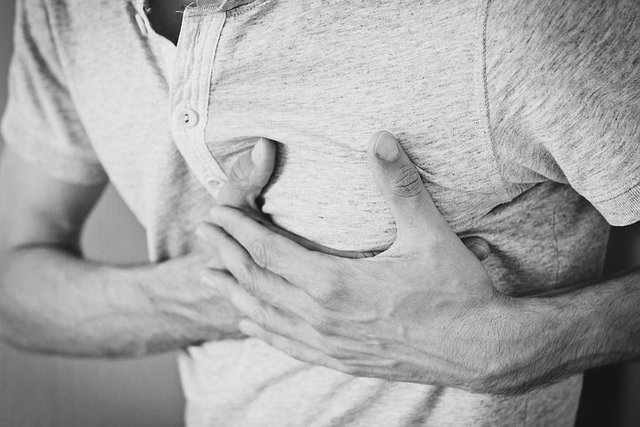Looking Into Chest Pain Issue
Chest pain can take many forms, from tingling to necrotic pain. Sometimes chest pain is severe or burning. In some cases, the pain will extend up to the neck, toward the chin, and then spread to the back or down to one or both arms.
Brief Introduction to Our understanding about Chest Pain
The most deadly cause involves the heart or lungs. Since chest pain may indicate a serious problem, it is important to consult a doctor immediately.
If you have chest pain, your first thought may be a heart attack. According to the National Center for Health Research (NCHS), approximately 13% of emergency room (ER) visits are diagnosed with serious heart problems.
Chest pain is one of the most common symptoms that bring a person to the emergency room. Seeking immediate care can save lives, and a lot of public education has been conducted to enable patients to receive medical help for the treatment of chest pain.
Some chest pain diagnoses can be life-threatening, while others are less severe. What is the cause of chest pain? Sometimes it is very difficult to determine the cause of chest pain.
Blood tests, XLight, CT scan and other tests can make a diagnosis. However, usually, a detailed doctor's medical history may be sufficient.
Heart or pulmonary embolism or aortic dissection and other non-life-threatening diagnoses, such as heartburn. For this reason, people are often advised to have a physical examination for most types of chest pain.
What are the symptoms of chest pain?
The test to diagnose chest pain is based on your current medical condition and the results of any tests or procedures.
Treatment of chest pain depends on the cause. If you feel pain, be sure to consult a doctor. When is chest pain serious? The pale burning sensation in the chest didn't seem to disappear, but it gave people an increasingly serious impression.
Is it a heart attack or something similar? This is a difficult problem, and millions of people-and their doctors-face this problem every year. What is the problem? In addition to heart attacks, from pancreatitis to pneumonia or panic attacks, there are many other conditions that can cause chest pain.
Millions of Americans visit the emergency room of a hospital every year. only20% of people are diagnosed with a heart attack or non-angina stable, which is a precursor to a heart attack that may happen soon. Some still have life-threatening problems, such as pulmonary embolism (thrombosis in the lungs) or aortic dissection (tear the lining of the aorta).
Some people experience "normal" angina, because part of the heart cannot get enough oxygen-rich blood when they are physically exhausted or emotionally stressed. However, most of them suffer from diseases not related to the heart or veins.
Another problem with a heart attack is that different people we suffer in different ways. Some people have typical chest pains. Others have jaw or back pain. Others are short of breath, very tired or nauseous.
Conclusion
Today we have been able to establish the fact about the understanding and our knowledge about what we know and what we ought to know more about chest pain and also we have go further in explaining some of the symptoms of chest pain also today. In my next post, we will be going deeper into the causes of chest pain
REFERENCES
https://www.webmd.com/pain-management/guide/whats-causing-my-chest-pain
https://www.medicalnewstoday.com/articles/321650
https://www.mayoclinic.org/diseases-conditions/chest-pain/symptoms-causes/syc-20370838

Chest pain is not something good anyone wish to experience. Majorly it is caused by an underlying health condition.